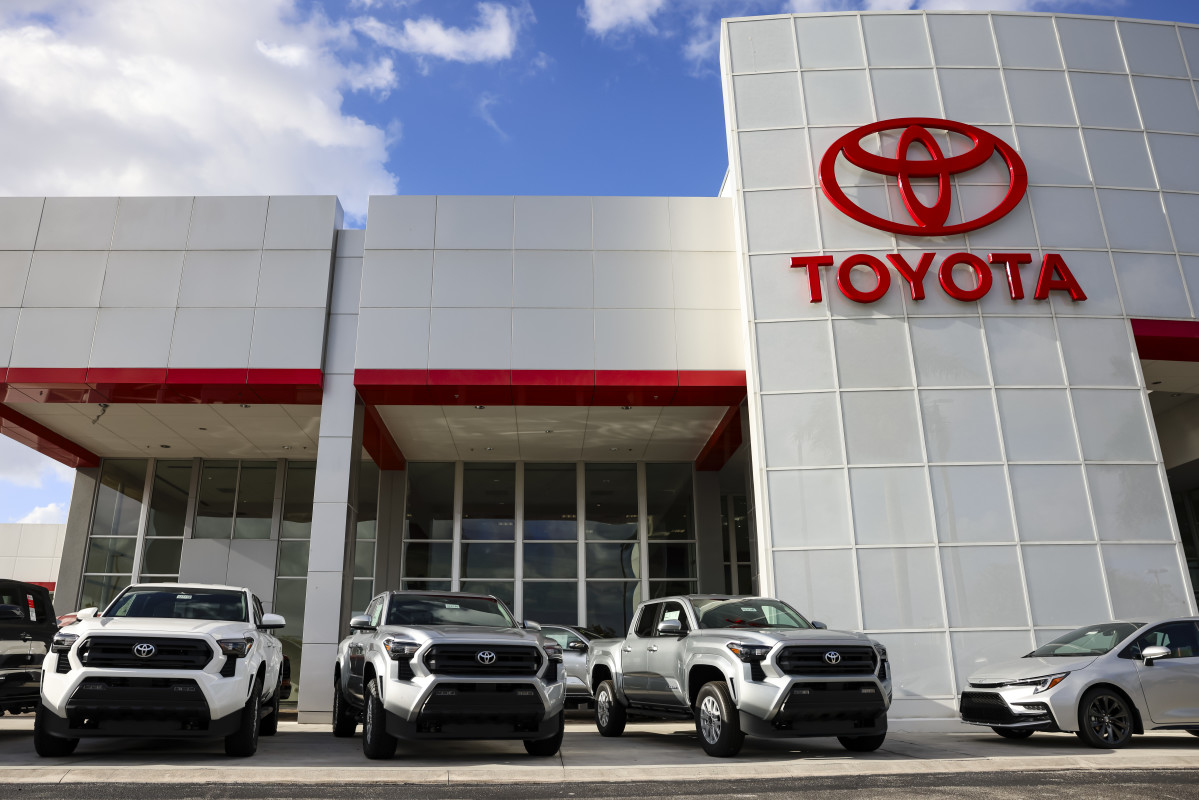Ford’s Sales Growth and the Challenge to Toyota
In recent quarters, Ford has shown impressive growth in U.S. sales, positioning itself as a strong competitor to Toyota. While Toyota Motor North America, which includes Lexus, delivered more vehicles than Ford during Q2 at 666,469 units, Ford managed to record a 14.2% annual increase in sales, outpacing Toyota by 7%. This trend suggests that if it continues, Ford could potentially overtake Tesla in U.S. sales during Q3. However, Toyota still holds several advantages that could help it maintain its position in the market.
One of Toyota’s key strengths is its diverse supply chain. The company has also made significant progress in electrification, offering 32 electrified vehicle options, including hybrids, plug-in hybrids (PHEVs), battery electric vehicles (BEVs), and fuel cell electric vehicles (FCEVs). In June, Toyota reported a 6.7% year-over-year increase in EV sales, reaching 90,426 units, which accounted for 46% of its total sales. In contrast, Ford had only 25,254 electrified sales in the U.S. during the same period, according to Ford Authority.
Another factor influencing Ford’s performance is its employee discount program, which contributed significantly to its Q2 success. However, this program ended on July 6, which could impact Ford’s momentum in the coming months.
Toyota’s Strong Manufacturing Footprint
Despite producing fewer vehicles domestically than Ford, Toyota maintains a solid manufacturing presence in the U.S. The company operates 11 manufacturing plants across 10 states, including North Carolina, Alabama, Indiana, Kentucky, Mississippi, Missouri, Tennessee, Texas, West Virginia, and California. Additionally, Toyota recently began active shipments to its North Carolina battery facility, signaling further investment in the region.
Toyota also reported having the lowest incentives among full-line manufacturers during Q2. However, lower incentives were not unique to Toyota. The share of 0% interest finance deals dropped to a record low of 0.9% of new car loans during the quarter. In Q1, incentives increased by $150 per unit year-over-year to over $2,900, before decreasing to $2,700 in Q2.
Competitors Facing Challenges
While Ford is putting pressure on Toyota, there are several major automakers that Toyota doesn’t need to worry about as much. After Q2, Volkswagen, Nissan, and Stellantis all reported year-over-year sales declines. Volkswagen of America saw the steepest drop at 29%, followed by Stellantis at 10% and Nissan at 6.5%. Volkswagen had the lowest Q2 deliveries at 71,395 units, while Nissan sold 221,441 units and Stellantis sold 309,976 vehicles.
Final Thoughts on the Market Dynamics
Toyota should not overlook Ford’s current success, but it also doesn’t need to be overly concerned about its competitor. Factors such as the end of Ford’s employee pricing program, Toyota’s strong U.S. manufacturing footprint, and a more diverse vehicle lineup—especially in electrification—could help Toyota maintain its lead.
However, one challenge Toyota faces is having a lower U.S. inventory compared to Ford. Starting in July, the average automaker had a new vehicle supply that could last 82 days, according to CarEdge. Ford’s supply lasted 101 days, while Toyota’s was reported at about 39 days. This difference in inventory levels could influence their respective performances in the upcoming quarters.







